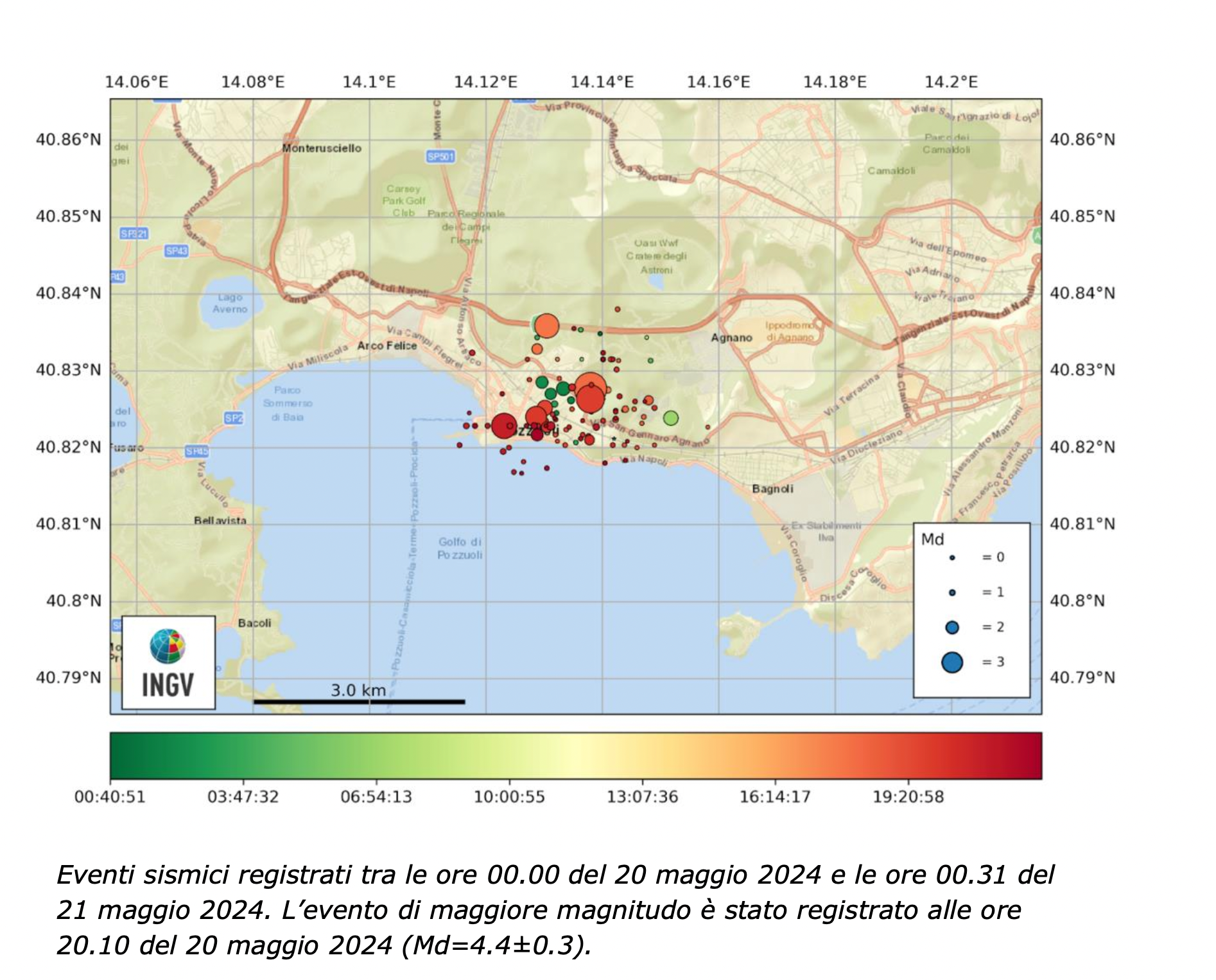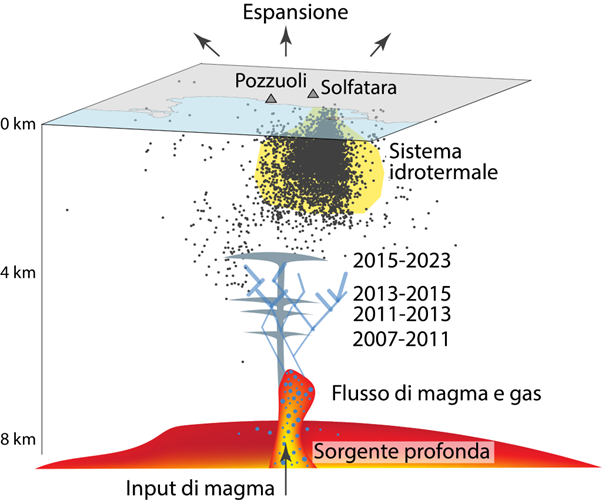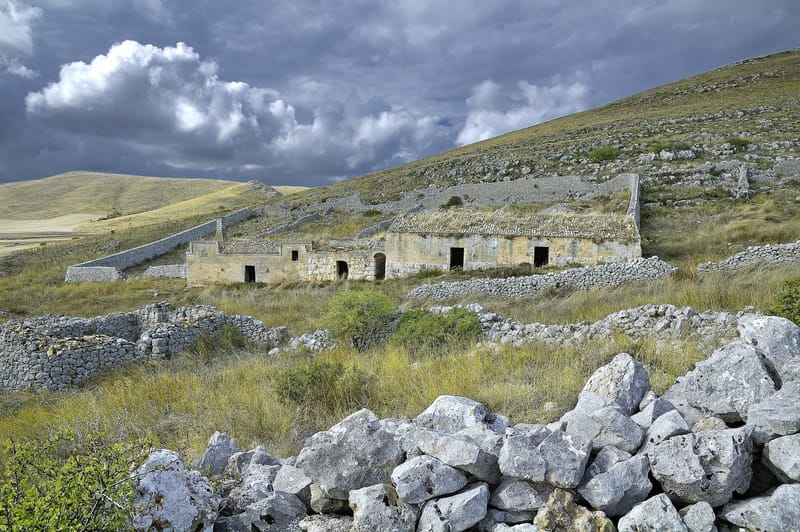Earthquakes and bradyseism, journey into the burning earth: here's what's happening to the Phlegraean Fields
Continuous seismic swarms, effect of bradyseism. The bogey of an eruptive scenario. In the toughest hours after the most intense quake in 40 years, the spotlight is back on one of the world's most geologically complex areas. Our answers
A caldera among the most dangerous in the world. In a highly man-made area, which bears from its name the geological effervescence of the subsoil(φλέγω, phlégō, not coincidentally means "I burn") and which is now experiencing a major bradyseismic crisis that is intensifying.
At these hours the spotlight in Italy is on the Campi Flegrei, a vast area of volcanic nature in Campania, west of the city of Naples and its gulf. The area includes the municipalities of Naples, Pozzuoli, Quarto, Bacoli and Monte di Procida.
More than 1,800 earthquakes have been recorded here since the beginning of 2024, though many barely perceptible to the population.
But in the last few hours the population's anxiety has greatly increased: at 7:51 p.m. on May 20, a new earthquake swarm originated, the umpteenth, which preliminarily registered more than 150 earthquakes with a maximum magnitude of 4.4, the most energetic among those recorded since the beginning of the current bradyseismic crisis that began in 2005. The epicenter is located within the Solfatara at a depth of 2.6 kilometers.

The event, along with those that preceded it, was distinctly felt by the population, which immediately took to the streets and in some cases spent the night out of bed. Panic scenes also occurred in Naples, in the neighborhoods closest to the Campi Flegrei, but also in the historic center, the Quartieri Spagnoli, and Chiaia.
Five waiting areas and a reception area were set up in Pozzuoli during the night: about 80 people slept there. Waiting areas were also set up in Bacoli. Initial inspections led to the evacuation of 13 buildings and the evacuation of 39 families. The 140 inmates in the Pozzuoli women's prison have all been evacuated. There are no injuries.
"There is no current record of an increase in the rate of uplift, which is currently 2 centimeters per month," explains Mauro Antonio Di Vito, director of the Vesuvius Observatory.
During the bradyseismic crisis of 1982-84, ground uplift reached 9 centimeters per month, and 1300 seismic events per month were also exceeded: the Phlegraean Fields are therefore not experiencing something unprecedented, far from it. And there are no signs of rising magma, which thus remains at a depth considered depicting: enough so that a possible, imminent eruptive scenario is not foreshadowed, in short.
But are other, even more intense earthquakes conceivable?
Seismicity is not a predictable phenomenon - explains the Ingv - and therefore it cannot be ruled out that other seismic events may occur, even of similar energy with what has already been recorded during the current swarm. The facilities of the National Institute of Geophysics and Volcanology (INGV) dedicated to monitoring the area of the Campi Flegrei caldera are always operational 24 hours a day, and in these hours measurements and sampling will be carried out at some sites in the caldera.
Why do earthquakes happen?
Because of bradyseism, which causes ground uplift, caused by a thrust from the deep that deforms the overlying rocks and causes them to rise. In deforming, the rocks can reach the breaking point.
The earthquake is but the effect of this rupture of the rocks.
According to the Ingv, probabilistic studies based on the past eruptive history of the Phlegraean Fields show that the most likely eruptions are those of low magnitude (of the type of the Monte Nuovo eruption of 1538). More energetic events are considered gradually less probable, up to Plinian-type events, which are considered unlikely even if not with zero probability.







